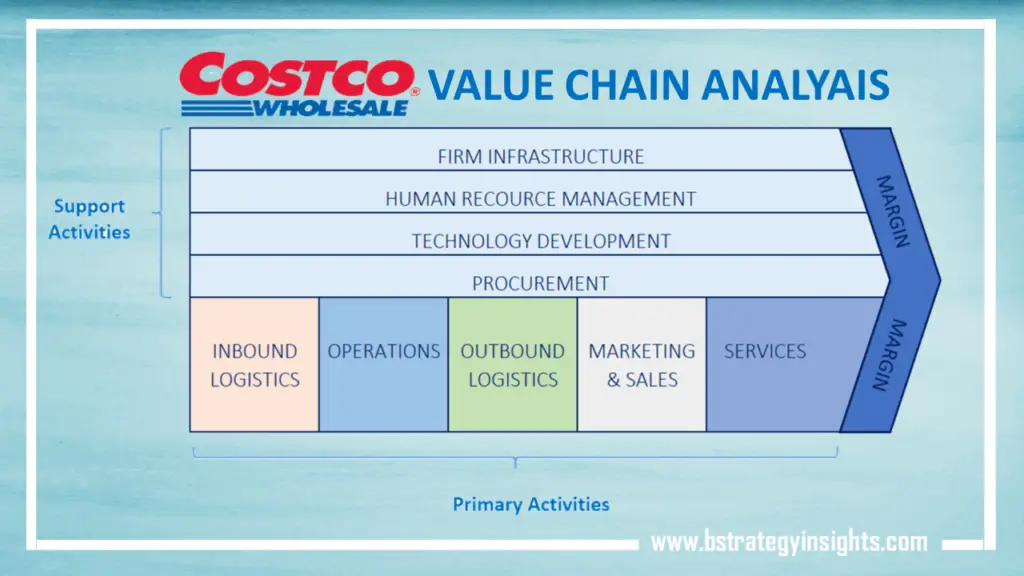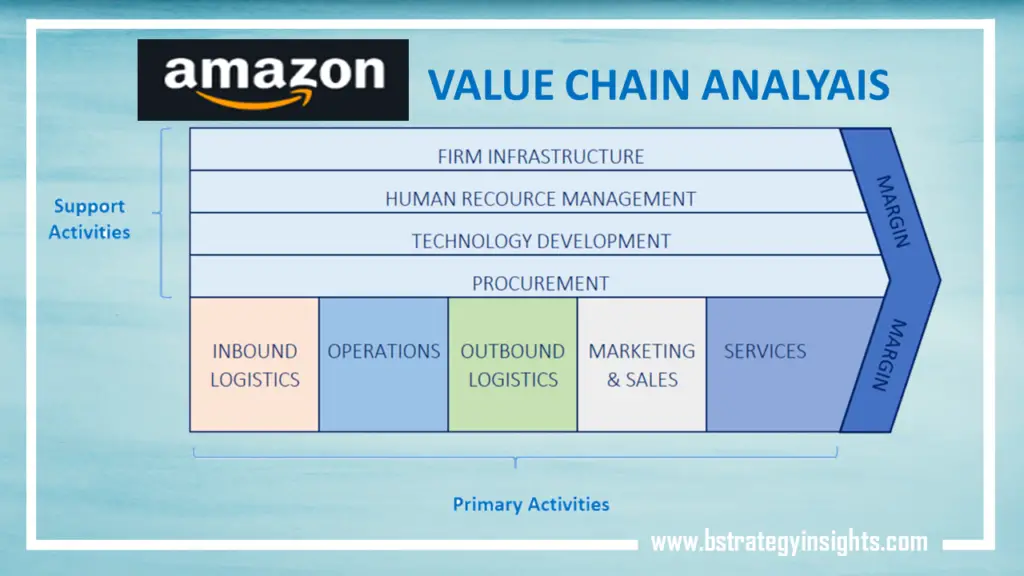
In 1946 Sol Price and his son Robert Price launched their first Price Club in San Diego, California which was the warehouse club, especially for the business buyers by borrowing $2.5 million from family and companions. During the first year, they had a loss of $75,00,000. In business, exclusively those people become successful who stand out against every setback. Thereby, they opened two more franchises and earned a profit of $1 million. That is how they conceptualized a unique idea of wholesale retail.
Jeffery H. Brotman, who had experience in retail, and James Sinegal, who also had experience in wholesale distribution at FedMart, opened the very first Costco warehouse in the year 1988 in Seattle, Washington. Now, Costco is an international retail company that has 474 franchises in 10 different countries. Its warehouses offer quality products with no extra high prices. It takes privilege from the online trading system and e-commerce and this results in an actively traded market. Costco has a different strategy from its competitors. The major opponents that have been reported are Sam Club and BJ’s Wholesale Club. According to the tools that have been mentioned in SSP, Costco brings forth the elaborated analysis for converting the business strategies and tasks according to the market challengers in order to get the maximum profit and highest shareholder’s value and eventually increasing the company’s value.
Costco Mission Statement
The objective or mission statement of Costco is to provide the customer quality at a low price by keeping in mind the code of ethics which includes, taking care of the members and obeying the law.
Costco Location Worldwide
There are a total of 804 warehouses of Costco all over the world with a varied number of employees. The largest number of Costco warehouses are located in the United States which is 558 and then comes Canada where 103 warehouses are located. Other countries where the warehouses located are France, China, Taiwan, South Korea, etc. Area-wise, the largest Costco warehouse is located in Hillsboro, US.
Costco Financial Highlight
Net income is the net profit or loss after all the proceedings. According to the report of Feb 2021, there is an increase of 2.15% year over year.
According to the 2011-2020 assessment, the sale of Costco world increased from 110.5 billion U.S. dollars in the year 2014 to 163.2 billion U.S. Dollars in the year 2020.
Value Chain Analysis of Costco
For Costco Wholesale Corporation, the objective of this technique is to scrutinize the importance of the strategy, value chain analysis. The term “value chain” was used by Michael Porter in his book Porter explains the concept of adding value to the product on the basis of cost structure and strategies of pricing. In value chain analysis, the first important thing is to break down the primary purposes or goals of the company. In the next step, assess whether there is a need of adding value to any activity by means of differentiation or advantage of cost. Lastly, there is a need to find out which strategies will be needed for the outperformance of the firm. The success of the company relies on how well it maintained the value chain activities such as pricing. Value Chain is all the activities starting from the production and ends on marketing and post-marketing surveillance. Hence the value chain Analysis emphasizes monitoring the activities from production to marketing.
There are two categories of activities that have been considered in value chain analysis which include primary activities, directly contribute to adding value in the process from production to marketing and support activities. Supportive activities are used to assist the firm’s primary activities and have an indirect effect on the final product. The primary activities of Costco comprise inbound logistics, operations, outbound logistics, marketing, etc. Whereas secondary activities include Procurement, Human Resource Management (HRM), research and development, etc. In order to generate the competitive lead by increasing shareholder value and profitability, it must depend upon primary as well as secondary activities.
A firm deals with different challenges such as risk management, increased customer demand, process visibility, etc. Implementing and studying value chain analysis can control the problems of the firm. The infrastructure expertise of Costco braces the operations in order to achieve low cost in the global business of warehouse retail as compared to the average industry. The custom of Costco is to offer the best quality products from the products manufactured by third parties or the branded products. Costco proposes a large variety of products according to the diversity in customer demand. Costco being innovative and skillful targets other industries but sometimes it loses its position from Walmart’s Sam’s Club. The culture type of Costco is at level 3, this sets the company for short and long-term triumph.
Costco Primary activities
Inbound Logistics
During product development, it is necessary to analyze the inbound logistics of the firm otherwise it can face serious problems. It is important to maintain and build relations with the suppliers in order to receive, store and distribute the products without any hurdles.
Costco has a buying connection with various manufactures of national brands. They do not have only one supplier. Costco purchases all goods straight away from the manufacturer and receives the merchandise at their depositories where they directly transport the goods to their warehouses and then there is a requirement of proper handling and storage.
The area of Costco warehouse is almost 146,000 square ft and the units that are manufactured are the larger units.
Operations
It includes both the production and services. It comprises purchasing the raw material for the production till packing of the finished product, marketing, and post-marketing. Costco by controlling each operation can collaborate in achieving profitability and compatible economic growth. Costco performs 70 hours in 7 seven days a week.
Outbound logistics
Outbound logistics include handling the product to the customer via a variety of processes. Costco can perform analysis on outbound logistics to attain the expertise and obtrude in the competition.
Marketing and Sales
Wholesale discounts are used by Costco to attract customers. Other ways that are used by Costco for marketing are; they perform promotional activities through emails and they also use monthly publications that advertise the goods that are available at Costco.
Services
There are vast services that are provided by Costco. A few of them are Business Services, Auto Program, Costco Optical, Costco Travel, Food Services, Costco Audiobook App, etc.
Costco Supportive activities
Costco Human Resource Management
Costco’s Human resource and management (HRM) department is playing an important role in staffing and facilitating new employees with training.
Costco takes care of the physical and mental health of its employees. Costco has a low employee turnover rate and the reason is that Costco shares a friendly environment with its workers.
Firm Infrastructure of Costco
The structure of Costco is controlled by the Costco locations and tasks performed. The Costco Structure makes Costo possible to be efficacious in the market.
Procurement
Procurement includes purchasing the items that Costco uses in the value chain and that does not mean purchasing the items that are direct. Instead, procurement consists of purchasing raw materials, machinery, equipment, etc. It also uses technology for the management of in-progress activities.
Technology Development
Technology development is the main reason for standing the company for the competition. The Technology Department of Costco works on the selection of technology, field selection, future product designing, etc.
Conclusion
Costco has enough strength and capabilities to harness its weaknesses. The system of Costco is entirely dependent on creating value for its consumers. The infrastructure of Costco has been ranged at level 3 of culture type. In procurement, there are large purchases from a single individual and relationships with the suppliers of 4000 chosen products.
The reason for Costco’s 11.5% enhancement in net sales and a 16.% surge is due to Costco’s well-maintained resource skills to execute strategies like providing more than average benefits and keeping the compensation level constant even during difficult economic times which then provides the administration with the incentive to make important daily choices to accomplish Costco’s goals and objectives.


